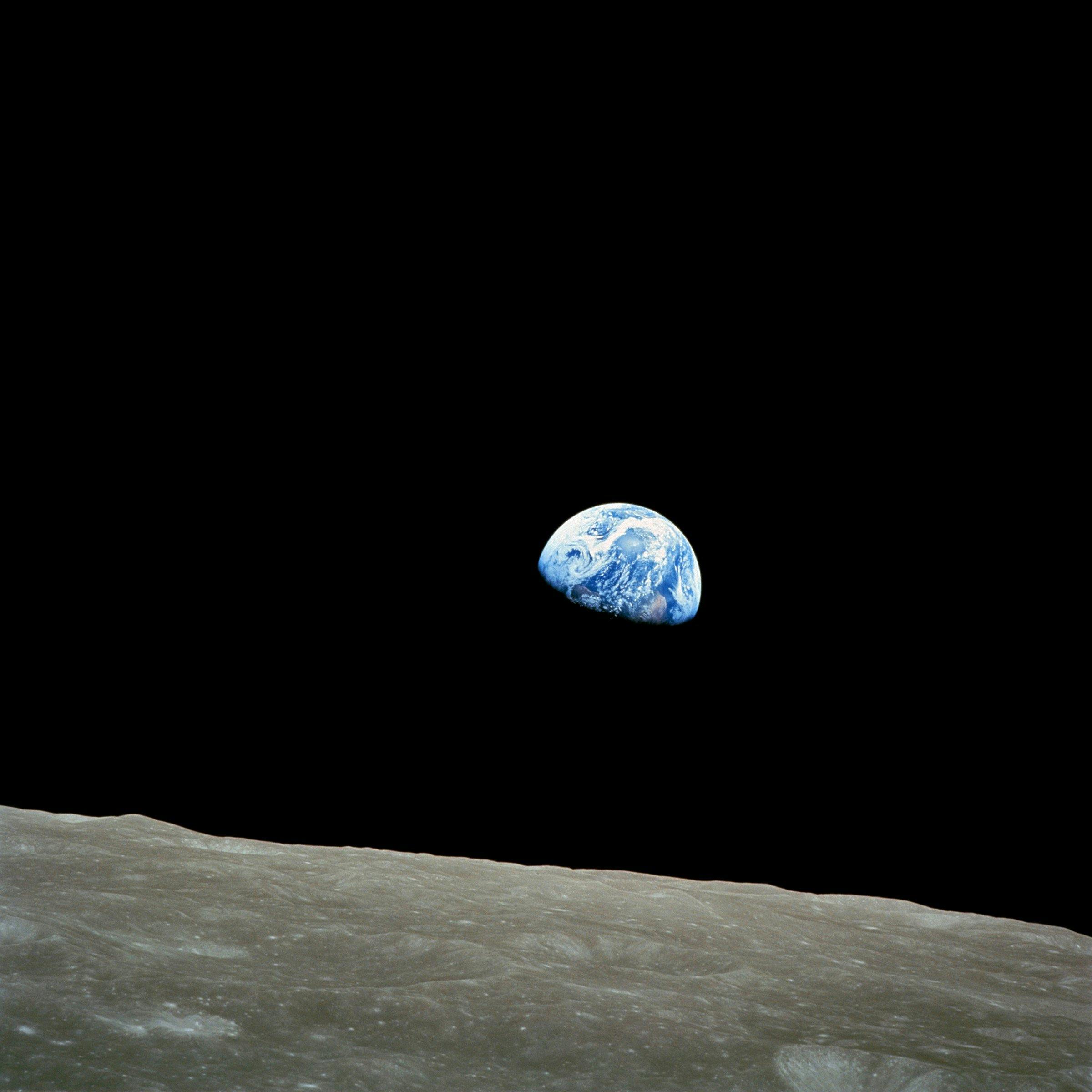Unmasking the Myths and Realities of Space Tourism
The idea of space tourism, once a distant dream, is now becoming a tangible possibility. It is an exciting new frontier that promises an experience like no other. But what is the reality behind the glitz and glamour painted by the media? What are the practical implications of traveling beyond our planet's atmosphere? This article will delve into the intricacies of space tourism, dissecting its history, the present scenario, and future prospects.

A Journey Through Time: The Genesis of Space Tourism
The concept of space tourism is not a recent development. It can trace its roots back to the 1960s when the space race between the USA and USSR was at its peak. Back then, space travel was purely the realm of trained astronauts. However, the idea of civilians journeying to space was already being floated, with visions of moon hotels and space resorts capturing the public imagination. Over the decades, advancements in technology and the entry of private players like SpaceX, Blue Origin, and Virgin Galactic have brought us closer to realizing this dream.
Transcending Earth: The Current State of Space Tourism
Fast forward to today, and space tourism is no longer a figment of science fiction. Several successful suborbital flights have already taken place, with wealthy individuals spending millions for a few minutes of weightlessness and a breathtaking view of Earth. The International Space Station (ISS) has also hosted a handful of space tourists. However, it’s still an exclusive club due to the prohibitive costs and rigorous training requirements.
The Great Unknown: Prospects and Challenges of Space Tourism
Looking forward, the space tourism market is poised for growth. Companies are investing heavily in developing reusable spacecraft to reduce costs and make space tourism more accessible. However, numerous challenges lie ahead. The physical toll of space travel on the human body, the environmental impact, and the ethical implications are all areas of concern that need addressing.
The Impact on Travelers: A Truly Transformative Experience
For those lucky enough to experience it, space tourism offers an unparalleled adventure. The sense of awe and wonder, the perspective shift from seeing Earth from space, and the thrill of weightlessness are all transformative experiences. Yet, it’s not all rosy. Space travelers also have to contend with the physical demands, including intense g-forces during launch and re-entry, and potential health risks.
Intriguing Facts About Space Tourism
- First Space Tourist: Dennis Tito, a wealthy businessman, became the first space tourist in 2001 when he spent nearly 8 days aboard the ISS.
- Most Expensive Ticket: The most expensive space tourism ticket to date was sold by SpaceX for a trip around the moon. The price tag? A whopping $55 million!
- Future Predictions: Experts predict that by 2030, nearly 30,000 people could be traveling to space each year.
In conclusion, space tourism is poised at the brink of an exciting new era. As we stand on the threshold of making space travel a reality for more than just a select few, it’s important to balance the thrill of exploration with mindful consideration of its challenges. While space tourism offers an unparalleled adventure, it also presents unique challenges that need careful attention. As we look to the stars, let’s also keep our feet firmly grounded in the realities of this new frontier.
The journey to space is not just about the destination; it’s about the transformative experience of seeing our own planet from a whole new perspective. As we continue to push the boundaries of travel, one thing is certain: space tourism is here to stay, and it’s going to redefine the way we perceive travel forever.



